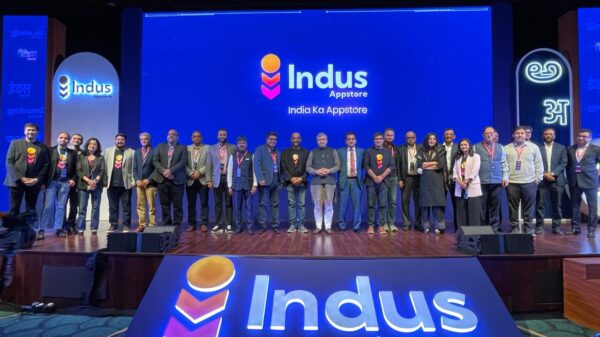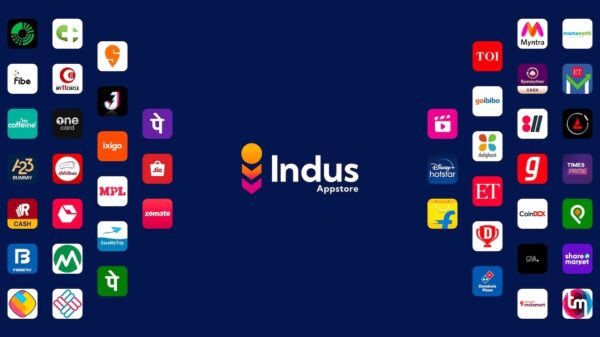This January, MediaNama held an open house discussion on the future of Indic languages online, supported by Google. This is Part 4 of our coverage of the discussion. Read Part 1 here, Part 2 here, and Part 3 here. What is a wishlist for getting indic languages online? This is what Vivekanand Pani from Reverie Language Technologies had to say. [On discoverability of content,] China has been a very good example of not doing small things like having the domain name in Chinese — because that feature has never existed — their Internet has grown phenomenally without using domain names in Chinese. But the entire Internet in China practically runs in Chinese. Most of them don’t even have email addresses — they have worked around everything, from payments to messaging and everything else, it’s pretty well done. Content creation I won’t go into what helped China solve all these problems — I wrote a blog about that after visiting. Some of the things we should probably be focusing on is this. Google says that all the content on the Internet - 56% of it - is in English. How did this much content become English? Who put this gun on everyone’s head and said ‘create content in English’? That didn’t happen. All that content was created in English because people voluntarily created it. It is because it was an ecosystem that had a solution [for English]. When the Internet was in English and people were working on many different things, there were different…





























